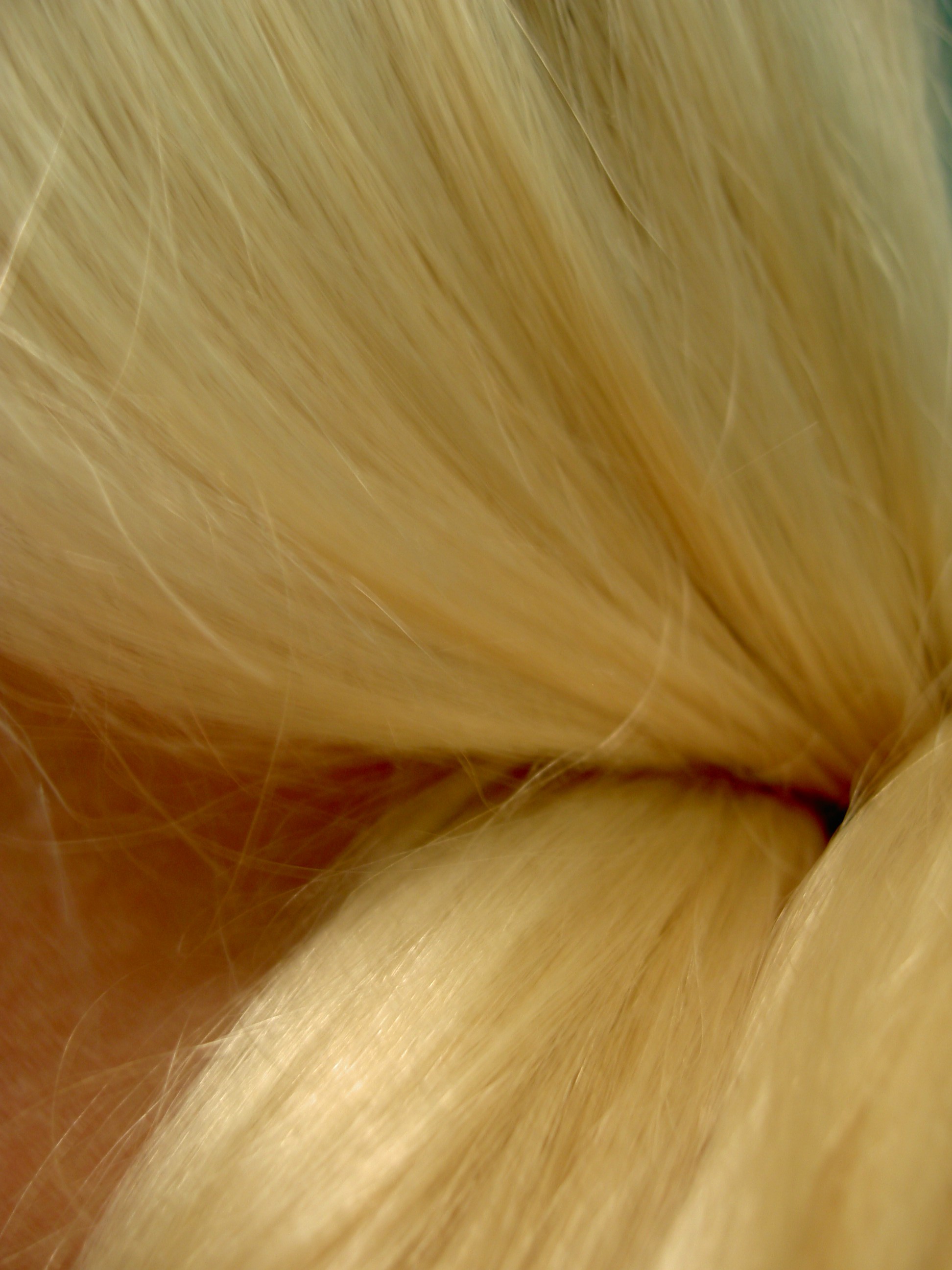
Song Lyrics That Reference Other Song Lyrics – Part 1
Making Lyrics From Other Lyrics – Fair Use & Reference (1)
Mystikal, George Harrison & Steve Miller Stealing Lyrics?
Reference/Copy/Steal Lyrics
In many Western popular music styles and Western popular culture in general, it is not uncommon for lyrics to be referenced. Often, lyrics, text and/or names that might not have been very important in one context receive transformative value via this re-contextualiziation.
I often explore this type of creativity and have begun to compile and categorize examples of works of authorship involving lyrics/text (and not music) that reference other works of authorship. As of this morning, I have twelve (12) categories. Here are the first five (5) categories:
A) Lyrics referenced as lyrics
B) Lyrics referenced as names of bands/artists
C) Lyrics referenced as magazine name
D) Lyrics referenced as names of organizations
E) Lyrics referenced as names of companies
With respect to the first category –
“Lyrics referenced as lyrics” means that lyrics found in one particular song have been repurposed and placed into another song. This referencing/repurposing was intentional, not subconscious.
Sometimes when lyrics are referenced they can be problematic from a copyright/legal point of view. Referencing lyrics too closely or too substantively can potentially lead to copyright infringement.
Referencing of lyrics/text and/or music has been a respected practice in many cultures and traditions. I have written this and will write future posts to show that in our society – Western, North American, South American, U. S. (and elsewhere) – we commonly reference. Culture is built by expression which is manifested by origination, accretion, reference, imitation, reproduction and other means. (There will be a time for more nouns and verbs related to the process of creating works of authorship but that will come in future posts.)
In my opinion, in the examples below, copyright has NOT been infringed. These are examples of fair use.
The music below is drawn from:
James Brown
The Clovers
Bob Dylan
The Four Tops
George Harrison
Steve Miller
Mystikal
________________________________________________________________________________
These particular lyrics/text references likely occurred for one or more of the following reasons:
The new author liked the meaning of the lyrics.
The new author liked the sound of the lyrics.
The new author liked some or all of the lyrics’ surrounding melody, harmony, rhythms, instrumentation, loudness levels, sounds, etc. isolated or in combination and believed that the referenced lyrics could connote the same or similar meanings or feelings as the original.
The new author believed the referenced lyric would sound good/function well in the new work of authorship.
The new author wanted to pay tribute to or honor a lyricist/author and/or a lyricist/author’s specific expression.
The new author wanted to make a lyric/cultural reference – to “signify.”
The new author wanted to give the referenced lyrics new meaning by placing them in a new context.
The new author was capable of original expression but felt that referencing from the earlier source would result in original expression, i.e., the new author aimed to make original expression out of earlier expression.
________________________________________________________________________________
1.
James Brown’s Papa’s Got A Brand New Bag (1965) is referenced in Mystikal’s Never Gonna Bounce (1996).
James Brown’s Papa’s Got A Brand New Bag (1965) – “Papa’s got a brand new bag” is first heard at 0.20.
Mystikal’s Never Gonna Bounce (1996) – “Papa’s got a brand new bag” is first heard at 0.27-0.29.
“Papa’s got a brand new bag” is a two-second phrase that only occurs twice in James Brown’s “Papa’s Got A Brand New Bag” and once in Mystikal’s “Never Gonna Bounce.”
________________________________________________________________________________
2.
The Clovers’ Lovey Dovey (1954) is referenced in Steve Miller’s The Joker (1973). This is a longer and more substantive quote than others in this blog post and perhaps to some this would NOT constitute fair use. I welcome others’ opinions.
The Clovers’ Lovey Dovey (1954) – “you the cutest thing that I did ever see, I really love your peaches want to shake your tree, lovey dovey, lovey dovey, all the time…” is heard from 0.10-0.32.
Steve Miller The Joker (1973) – “you’re the cutest thing that I ever did see, I really love your peaches want to shake your tree, lovey dovey, lovey dovey, lovey dovey all the time…” is heard from 2.02-2.19 of this Steve Miller single, but from 1.37-1.54 of this YouTube clip.
________________________________________________________________________________
3.
Bob Dylan’s It’s All Over Now Baby Blue (1965) is referenced in George Harrison’s When We Was Fab (1988).
Bob Dylan’s It’s All Over Now Baby Blue (1965) – “it’s all over now, Baby Blue” is heard at
0.47-0.53
1.34-1.40
2.21-2.26
3.53-3.59
of the original studio recording of “It’s All Over Now, Baby Blue” from Dylan’s 1965 album, Bringing It All Back Home.
With respect to the YouTube link to the live performance provided above, “it’s all over now, Baby Blue” is heard at
1.45-1.50
2.44-2.49
3.40-3.45
5.25-5.30.
George Harrison’s When We Was Fab (1988) – “but it’s all over now, Baby Blue” is heard at 2.28-2.32.
________________________________________________________________________________
4.
The Four Tops’ I Can’t Help Myself (Sugar Pie, Honey Bunch) (1965) is referenced in George Harrison’s This Song (1976).
The Four Tops’ I Can’t Help Myself (Sugar Pie, Honey Bunch) (1965) – “sugar pie, honey bunch” – is first heard at 0.11-0.13.
George Harrison’s This Song (1976) – “sugar pie, honey bunch” – is heard at 1.32-1.34. (George Harrison’s “This Song” features several other references of text, as well as references done in humorous and sometimes veiled means.)
More posts on referencing lyrics will follow.
________________________________________________________________________________





